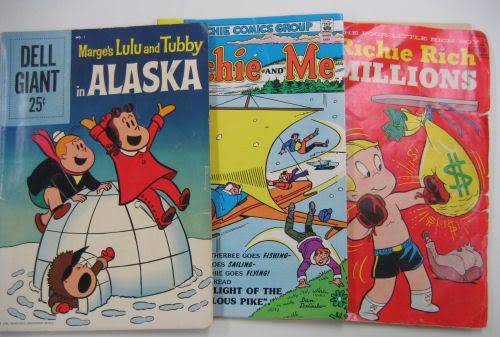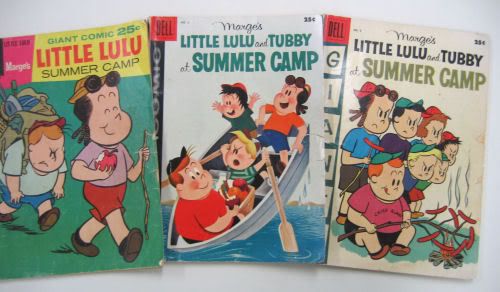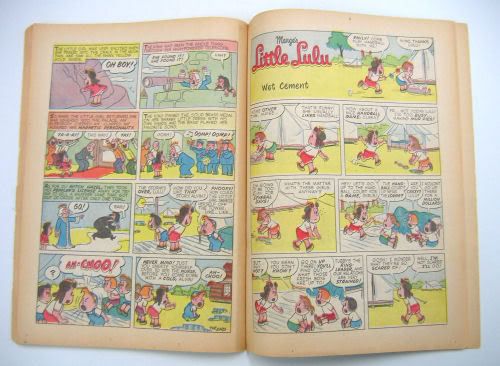 As promised quite awhile ago, here is my final homeschooling post. (Our daughter is now a sophomore in college.)
As promised quite awhile ago, here is my final homeschooling post. (Our daughter is now a sophomore in college.)
Our daughter was homeschooled from age three all the way through high school. She knew she wanted to go to college at an early age, so although our homeschooling style was very unstructured and eclectic, we made sure she covered the requirements she would need to get into college. We kept records of any projects she did, outside classes she took, and requested letters from teachers describing the classes and how our daughter did in the classes.
We joined a homeschool support group when our daughter was three, and at one time belonged to three groups. We did most activities with one group, but went on field trips and occasionally joined in on activities with the others. We also joined a homeschool co-op when she was nine and attended one to two days a week for several years. Our daughter had the opportunity to teach a Circus Skills class there.
Although homeschooling is legal in the U.S., the various states and even towns have their own homeschooling regulations. Our town's public school did not allow homeschoolers to participate in any classes or activities, so she could not take AP classes there. We were able to find online AP classes for calculus, history, and English literature. Our daughter took junior college or university classes in English, math, science, history, and language and took SAT subject tests or AP tests in those subjects. We found out that taking the PSAT test specifically in October of the junior year of high school was a requirement in order to compete for the National Merit Scholarship.
For more about our high school homeschooling see post, Homeschooling a Teen.
-----------------------------
If your child has a goal of attending college, do research to find out what your child needs as requirements for the goals she/he has. What we did that worked for us:
1. Start gathering information early. Books and homeschool support groups are wonderful resources.
2. Keep good detailed records of any and all classes and activities that could possibly come under the heading of homeschooling. Think outside the box. For example, a trip to an art museum could go under "Art" or "history". Playing regularly scheduled basketball with homeschool friends counts as P.E. Playing games such as "Yahtzee" and "Hare & Tortoise"" teach math skills. I kept a record for each year subdivided into "subjects".
3. Call colleges and talk to admissions offices. Ask specific questions such as which they prefer for high-school science classes -- AP classes online, but without labs or lab classes at a local junior college. What do they require for languages? Are AP tests important? How many SAT subject tests are required and are there any specific ones they want applicants to take?
4. Utilize the College Board. It's a huge wealth of information. We signed up to be able to use all the resources. You can check out information on various colleges, find out test dates for SATs, APs, SATIIs and register online for most tests. They have practice test questions and AP course and exam description downloads. The store has an online study course our daughter took - much cheaper than the Kaplan tests, for example. We also bought AP recent exam books and other study material for the exams.
5. Have child take SAT subject tests right after she has finished taking the equivalent of high school requirement for each subject even if it is in 8th grade. Most colleges require 2 - 3 SAT subject tests. Some schools have a preference or even a requirement for specific ones.
6. If child is interested in competing for the National Merit Scholarships, find out the date as early as possible and make sure she is signed up before the deadline to take the required PSAT test in October of her/his junior year in high school. There some schools such as University of Oklahoma who offer free-ride scholarships to National Merit Scholarship finalists.
7. Take outside graded classes and subject-specific standardized tests if possible. Our daughter took outside graded classes every year during high school. Colleges like to see outside class grades and standardized test scores in addition to independent work done at home. (Our daughter took the National Latin Exams and the Le Grand Concours {National French Exam})
8. Join a support group. It's great for socialization and comradeship for both child and parents. We had our own science and math fairs, history days, and just fun board game days. Families can also get together to work on projects or study subjects together.
9. Get out of the house. We went on field trips to historical spots, science centers, art museums, factories, farms, the Perkins School for the Blind (a fascinating tour at the school Helen Keller attended -- we even got to try writing some braille.) During the summers we went to the beach or a swimming park with our homeschool group. We played volleyball together at a local park. During the winters we went swimming at an indoor pool, played in a gym, went ice-skating. We did rock climbing. Some families in our group even organized group skiing lessons. Any work and/or volunteer experience is also invaluable.
Good luck on your journey!














